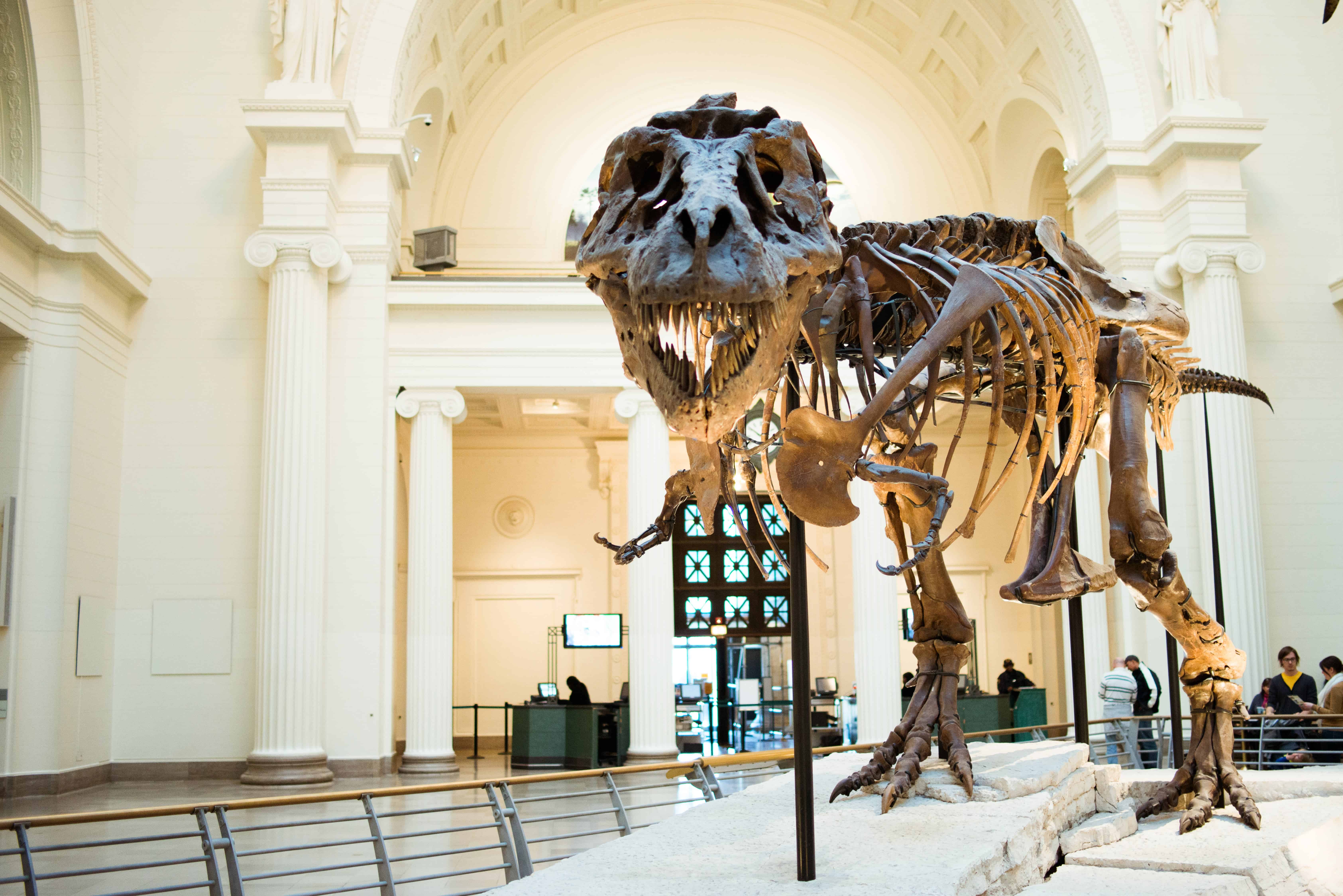A new paper from the University of Alberta details a novel theory as to why predatory dinosaurs took up bipedal movement, while their mammal counterparts didn’t.
Even dinosaurs have ancestors. One feature some of them (carnivores) inherited from these so-called proto-dinosaurs is bipedalism — walking on their two hind legs as opposed to all fours, like for example the sauropods. This trait comes down to the way their tail evolved, explains lead author and postdoctoral fellow Scott Persons
“The tails of proto-dinosaurs had big, leg-powering muscles,” he says. “Having this muscle mass provided the strength and power required for early dinosaurs to stand on and move with their two back feet. We see a similar effect in many modern lizards that rise up and run bipedally.”
The paper contradicts theories which state that early proto-dinosaurs rose on two legs to free their ‘hands’ for hunting. Persons and his team mate Phil Currie, paleontologist and Canada Research Chair, say that such theories don’t explain why some herbivore groups of dinosaurs retained bipedalism. Instead, they believe proto-dinosaurs evolved over time to run faster and over longer distances.
This specialization was reflected in anatomical changes such as longer hind limbs to allow faster walking speeds and smaller fore limbs to reduce overall weight and help improve balance. These changes became significant enough in some proto-dinosaur families that they gave up quadrupedal walking altogether.
Because mammals were initially adapted to burrowing and hiding from the much bigger and more powerful dinosaurs, they didn’t have any need to move fast. They also needed powerful (and heavy) fore limbs to dig. Having a big tail or a muscular back actually became a disadvantage for the burrowers, so they lost their big tail-based leg muscles and for the most part remained quadrupedal.
“Looking across the fossil record, we can trace when our proto-mammal ancestors actually lost those muscles. It seems to have happened back in the Permian period, over 252 million years ago,” Persons says.
“[Having a long tail] also makes the distance a predator has to reach in to grab you that much shorter. That’s why modern burrowers tend to have particularly short tails. Think rabbits, badgers, and moles.”
In the end, burrowing saved mammals from going extinct with the dinosaurs at the end of the Permian. But when mammals did crawl out and some evolved into apex predators, they lacked the tail muscles that would have inclined them towards bipedalism.
The full paper “The functional origin of dinosaur bipedalism: Cumulative evidence from bipedally inclined reptiles and disinclined mammals” has been published in the Journal of Theoretical Biology.










